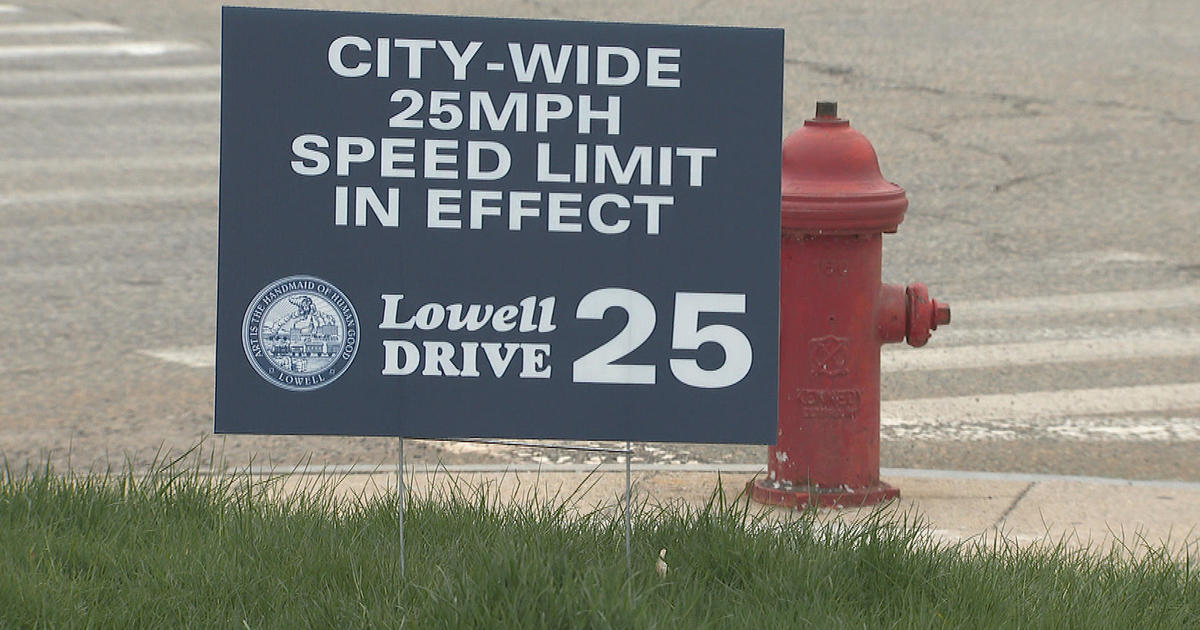The Right Imaging Technique For Your Injury
By JOANNE PALLOTA, Tufts Medical Center Correspondent
The risk of injury to bones and joints may increase as a person becomes more active. Summer is that perfect time. Local emergency departments can expect to see wrist, knee and ankle injuries, stress fractures, injury to ligaments, and more. Some of these injuries require nothing more than rest and immobility, but others can be more serious and need immediate attention.
Robert J. Ward, MD, Chief of Musculoskeletal Imaging and Intervention Division of the Department of Radiology at Tufts Medical Center says you know the injury needs attention when there is persistent pain, swelling, and the inability to put weight on the area. The general rule concerning sprains, he explains, is to elevate and ice within the first 48 hours. If symptoms persist seek medical attention. Your health care provider may choose to consult the medical information experts, the radiologists, with their array of medical imaging tools to help diagnose the nature of your injury and help direct your treatment.
The Workhorse
Physicians take into account a patient's history when deciding how to get to the bottom of an injury. For instance, is the patient an athlete? Just starting to exercise? Young? Older?
Whatever the case, Dr. Ward says, "Ninety-nine percent of all patients will have an x-ray if there is suspicion for an acute extremity injury." He points out that radiography (x-ray) is the workhorse for detecting breaks in the bone (fractures).
An x-ray uses a small dose of radiation to produce images of the body���s internal structures. Bone has a structure with a hard shell known as cortex on the outside and a spongy cancellous (CAN-sell-us) bone on the inside.
"The fractures you usually see on x-ray are of the cortical and cancellous variety," says Dr. Ward. Other injuries – such as fractures limited to cancellous bone common in overuse or stress fractures may be invisible on x-ray. Additionally, tendon tears and ligament sprain may be entirely undetectable on X-ray. That's when your health care provider may consult with radiologists to determine the best next test to determine the type and extent of your injury.
Complementing the X-ray: MRI & CT
Dr. Ward emphasizes that while x-ray is the highest resolution among all of the modes of imaging, x-ray lacks contrast. Imagine if your television could only display white, black, and two shades of grey? The two imaging tests that greatly increase contrast or the number of different greys in the picture are Magnetic Resonance Imaging (MRI) or Computerized Tomography (CT).
MRI offers an increase in color and contrast, improving subtle differences between tissues. As Dr. Ward says, it measures water content.
"When you hurt some part of your body, it swells up -- even bones. MRI is so exquisitely sensitive to detecting small increases in swelling, or edema, that radiologists are able to easily detect the injury," he explains.
As for ultrasound (the use of sound waves to produce images to see inside the body), Dr. Ward says that this method is emerging in the area of sports imaging. But in the acute setting, like trauma, ultrasound is limited.
Seniors, Fractures & Osteoporosis
Here is a very critical fact: injury is not isolated to young, active people. Dr. Ward is quick to emphasize how important and how serious fractures can be for older patients and seniors.
"What we are very worried about is proximal femur fractures – the so-called hip fracture. It has a frightening mortality," he says, noting that female patients 50 years and older with a fracture should receive bone densitometry studies - a painless low dose x-ray examination - so that physicians may treat for potential underlying osteoporosis. In fact, Dr. Ward says there are twice the number of deaths associated with osteoporosis as compared to breast cancer.
Dr. Ward has written the American College of Radiology National Guidelines for Osteoporosis imaging utilization as well as hip fractures utilization that are soon to be adopted by Medicare in 2018.
Complexity of Imaging
X-ray, MRI, CT and ultrasound are all complementary modalities. If chosen and interpreted skillfully, they will provide answers to aid caregivers in the setting of acute injuries.
"There is an art and science to utilization," says Dr. Ward. "Figuring out what to order when is a lot more complex than ever. Radiologists will work in concert with your referring providers in forming the best imaging plan to optimize your diagnosis, treatment, and outcome."
The above content is provided for educational purposes by Tufts Medical Center. It is free for educational use. For information about your own health, contact your physician. Posted July 2017



